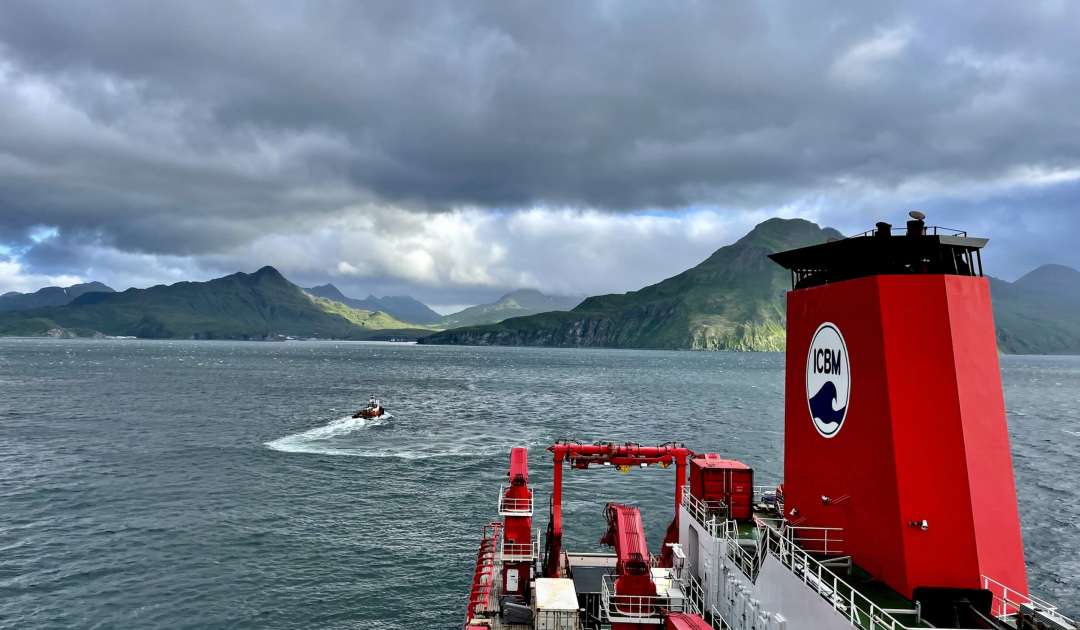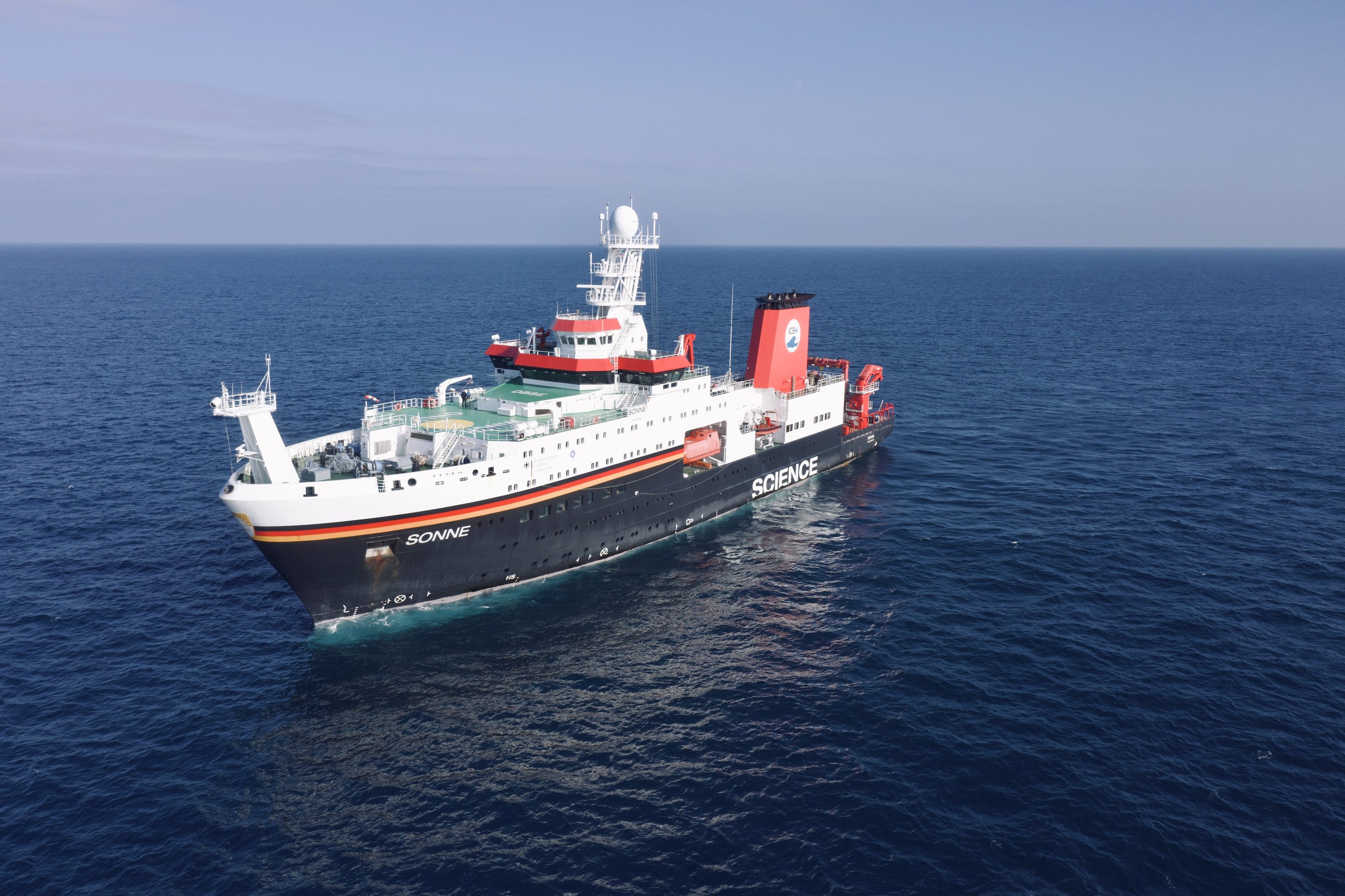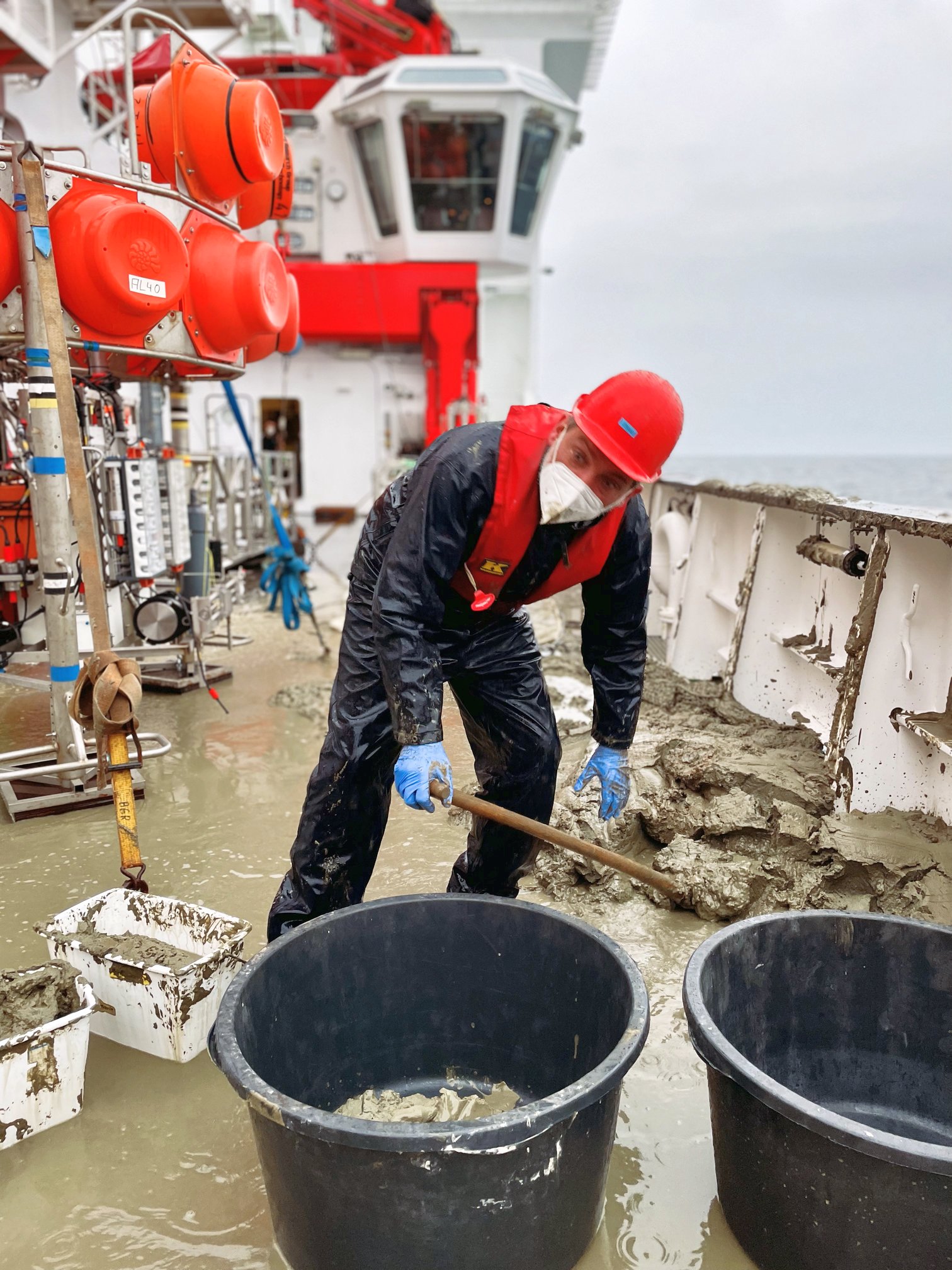"A new habitat" - for 6 weeks
Day 25 on the AleutBio expedition. It’s 6:30 am. The alarm clock rings, breakfast is at 7:00. A quick stab with a stick in the nose, then 15 min later: negative. The ship, RV Sonne, rocks comfortably back and forth.
Everyone who expects a blog post with terms like Isopoda, polychaetes and so on, should perhaps wait for the next post. Because, even after 3 weeks on board, I just can’t remember all these technical terms.
My name is Pablo. I am a self-employed cameraman from Berlin. In February 2022, I was asked to shoot a documentary about this expedition for the German television network ZDF. Current world events changed some factors in the meantime, but finally it started in July. We did not leave from Russia as originally planned. But it’s just as cold. From the hot summer in Berlin to 10 C° in Dutch Harbor, Alaska.
I have never been on an expedition before, let alone so long on a ship. Here on board I have a single room, including my own wet cell (toilet, shower). I had to use it excessively the first days, seasick. Experience: check.
We are above the Aleutian Trench. A deep sea trench in the Pacific Ocean, which extends from Russia over 3,000 km to the Gulf of Alaska. And down to almost 8,000 m deep. No sunlight ever makes it that far down. One could imagine that nothing can live down there. Fascinatingly, however, under the abnormal pressure of up to 700 bar (at about 7,000 m water depth), darkness and cold, many different creatures manage to live in this world unknown to us. Most of them are only a few millimetres in size. And, of course, it is difficult to film them.
For further descriptions or questions about life forms, research questions, etc., please read the other blog posts, ask your specialist, or watch the documentary, which is expected to be shown in February 2023.
The ship is 118 m long and 20 m wide. However, in this small area there are accommodations for over 75 people, supplies for more than 6 weeks of travel, 550 square meters of laboratory space, a large outside work deck, I don’t know how many cranes, winches with steel cables up to 12 km long, an infirmary, sauna, gym, library, lounge and actually everything you need. The only thing I miss is a small park where you can go for a walk.
You sleep, work and live here in a very confined space and yet you have enough room to enjoy a little peace and quiet for yourself. The really fascinating thing for me, besides all the polychaetes and whatever else they are called, is the wonderful mixture of different “species” on board. Young and old. Students, or rather postgraduate students, professional researchers, the cruise director, captain, officer, student interns, cook, steward, engine crew, doctor and many more. All are specialists and nerds in their field, but no one is looked at askance here if he or she is not familiar with the other person’s field of expertise. It is a coming together of different people with different habits, daily rhythms and interests. For a short time of about 6 weeks this ship is a home for all of us. The outside world far away. The ship, as “small” as it may be, a diverse habitat for us humans, who try to understand what happens and lives on the seabed below us.
So much for a somewhat unscientific insight. For me, 30, also nerd, and once again I pull out my FX6 camera, 40 mm f-1.4 lens, Sachtler Flowtech tripod and MKH 416 microphone loose and look for a few mini-organsims, and also those human nerds, rummaging in mud pulled up from the sea-bottom.
Maybe I will join one of the mud battles and shake the sieve. Maybe I will discover a new species. I would then name it “Isopoda Iter Camera Viri”.
Pablo Gollmer Hidalgo





